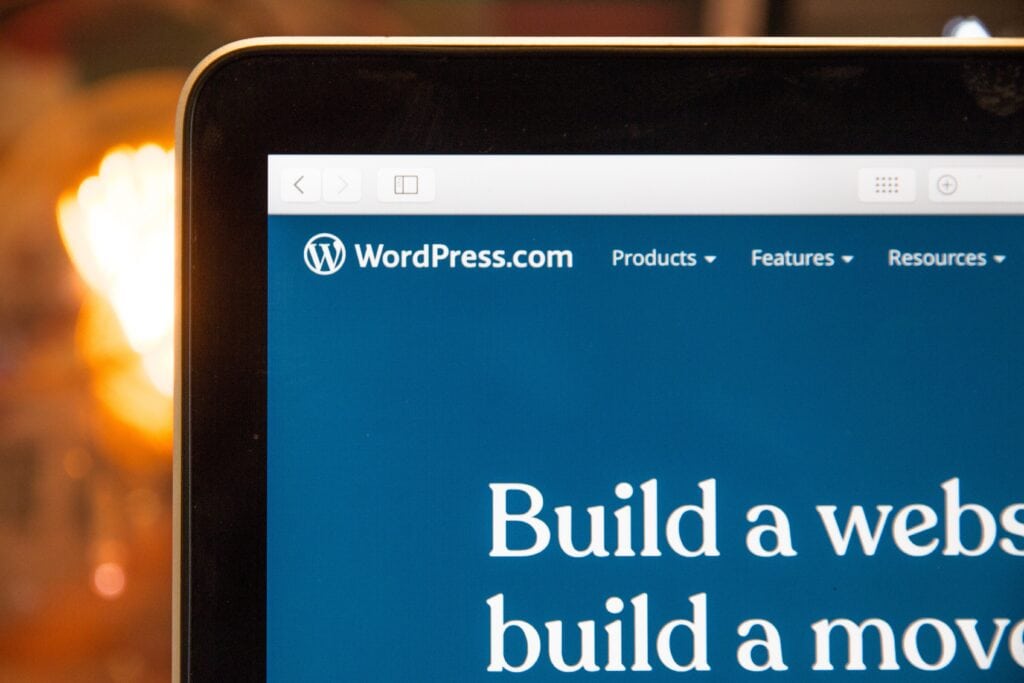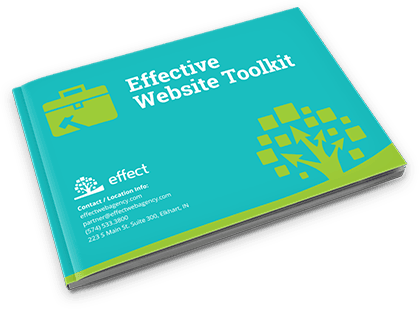WordPress 6.3 rolled out on August 8, 2023. While most WordPress updates are minor, this is listed as the second major WP update in 2023, bringing with it several new features, big changes, bug fixes, and other updates. In this article, we will take a look at each of the main updates to give you a better idea of what’s new with WordPress 6.3 and how it benefits you.
Improved Site Editor Navigation
One of the standout features of WordPress 6.3 is the revamped navigation experience in the site editor. The left column of the editor now showcases easy-to-access sections such as Navigation, Styles, Pages, Templates, and Patterns. This reorganization allows users to quickly locate and edit the specific section they desire.
Enhanced Pattern Management
WordPress 6.3 brings significant improvements to pattern management within the Site Editor. Patterns are now more prominently featured in the navigation, providing users with the ability to manage synced and unsynced patterns efficiently. The introduction of reusable blocks called “Synced Patterns” enables users to make global changes that affect all instances of the pattern across the website.
Site Editor Page Edits
Editing pages directly from the site editor becomes a seamless process with WordPress 6.3. By clicking on the Pages menu in the Editor navigation, users can view a list of pages and easily initiate editing or create new drafts without navigating to a separate page.
Site Editor Navigation Menus
Managing navigation menus receives an update in WordPress 6.3, simplifying the process within the Site Editor. Instead of using separate blocks, users can now create, edit, and manage menus by selecting the Navigation tab within the site editor. This streamlined approach offers greater convenience and efficiency.
Site Editor Theme Styles
The update places theme styles front and center by featuring them in the site editor’s navigation. This change allows users to choose their preferred style and customize it to suit their needs directly within the editor, making the process more intuitive and user-friendly.
Site Editor Theme Previews
WordPress 6.3 introduces a feature that enables users to preview block themes within the site editor itself. This streamlined preview process allows users to see how their content will appear with different themes before making the final decision to activate one.
Style Revisions
With the inclusion of style revisions, users can now undo changes made to styles and blocks in a manner similar to undoing changes to posts and pages. This enhances the editing process by providing greater control over style modifications.
New Command Palette Tool
For increased productivity, WordPress 6.3 introduces the Command Palette Tool, accessible through keyboard shortcuts. This tool provides quick access to various commands, helping users navigate the editor efficiently.
Two New Blocks
The Block Editor receives two new blocks in WordPress 6.3: the Footnotes Block and the Details Block. The Footnotes Block simplifies the addition of footnotes, while the Details Block allows users to hide and reveal content interactively.
Improved Padding and Margin Tools
In the realm of design precision, even the smallest details matter. Recognizing this, WordPress 6.3 addresses an issue that users faced with padding and margin tools. In previous iterations, when users unlinked these tools, they occupied a substantial amount of screen space, potentially cluttering the workspace. The new padding and margin tools in WordPress 6.3 alleviate this concern by offering a more compact and user-friendly interface. This enhancement not only streamlines the editing experience but also empowers users to fine-tune their designs with greater ease.
Aspect Ratio Options for Images
Aesthetic consistency across devices is a paramount concern for web designers. With the introduction of aspect ratio selection in WordPress 6.3, this challenge becomes more manageable. Instead of the traditional approach of resizing and cropping images to fit various screens, users can now opt for a specific aspect ratio that ensures visual harmony across devices. This feature not only simplifies the design process but also contributes to a more polished and professional appearance for images displayed on different screens.
Top Toolbar Changes
Efficiency in content creation is vital for productivity. The top toolbar in WordPress’s post editor has undergone an overhaul to offer a cleaner and more intuitive experience. While the option to move the toolbar to the top existed previously, WordPress 6.3 takes this a step further by refining its appearance and functionality. The earlier iteration had the top toolbar placed just beneath the main toolbar, which, though functional, occupied valuable space. The improved version in WordPress 6.3 optimizes the top panel, resulting in a sleeker design that enhances the overall editing process.
Cover Block
Visual content plays a pivotal role in engaging website visitors. The Cover block, a popular choice for impactful visuals, receives notable enhancements in WordPress 6.3. Similar to the Group block, users can now select the desired layout for the Cover block, providing them with greater creative control over the presentation of their content. Furthermore, the inclusion of additional design options within the block settings panel empowers users to tailor the appearance of their covers to align with their branding and messaging. The ability to apply Duotone filters to the Cover block brings a new level of customization, akin to the options available for the Image block.
Enhanced Link Control
Link management within the block editor gains significant improvements in WordPress 6.3. The Link control tool, used to incorporate links seamlessly, receives refinements that enhance its usability. One noteworthy enhancement is the option to create a new page directly from the link control popup. This streamlines the process of linking to new or existing content, reducing the need to navigate away from the current editing context. Additionally, the toggle to open links in new tabs or windows has been repositioned to the Advanced settings section when adding a link. These improvements contribute to a smoother and more efficient content creation workflow within the block editor.
Additional Changes
WordPress 6.3 brings notable improvements for developers as well. These changes include enhanced image performance, improved emoji loading, support for defer and async scripts, and more.
Final Notes
WordPress 6.3 marks another significant step forward for the CMS, providing users with an array of new features and enhancements that streamline content creation and website management. From the improved site editor navigation to the introduction of new blocks and under-the-hood changes, WordPress 6.3 empowers users and developers alike. As you consider updating to WordPress 6.3, remember to back up your website and explore the new features to make the most of this exciting release. Whether you’re a beginner or a seasoned developer, WordPress 6.3 holds something valuable for everyone.
We Can Help!
Effect Web Agency provides web design and marketing services for local, regional, national, and international clients. Contact us to learn how you can improve your online visibility.




